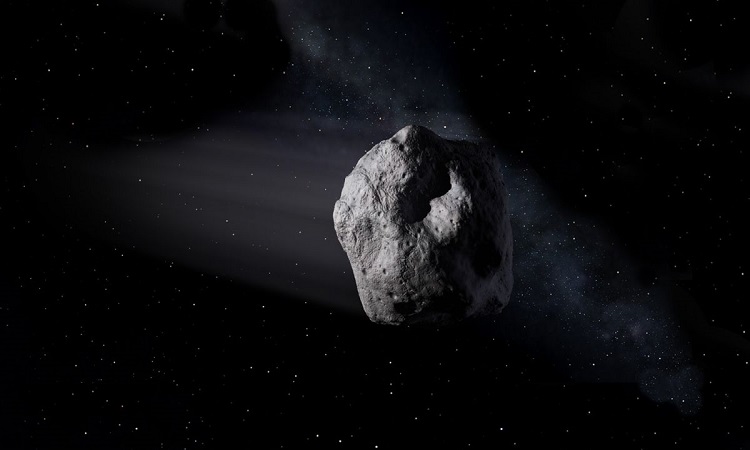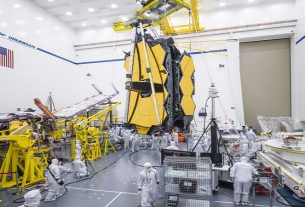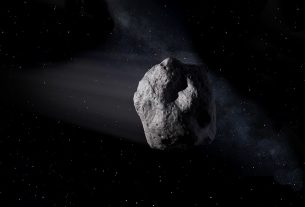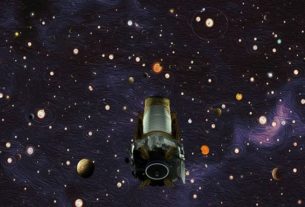Since the start of its gradual deployment, SpaceX’s constellation of Starlink satellites has faced a lot of criticism. To the long list of “plaintiffs” is added this time the United States Space Agency. Indeed, NASA warns that this kind of project could disrupt the detection as well as the avoidance of possible asteroids heading towards Earth.
NASA is worried
Eventually, the Starlink project will have no less than 12,000 satellites with the possibility that this number will grow further (up to more than 30,000). While the entire constellation is not yet deployed, many observers do not see this project in a good light. Among the dissatisfied, we find some astronomers as well as the direct competitors of Starlink in terms of Internet by satellite.
What if Starlink could turn out to be a source of danger for our planet? NASA is seriously concerned about this, as evidenced by a letter to the Federal Communications Commission (FCC) in the United States. According to the agency, the next Starlink satellites could pose a threat to radio astronomy, that is, the observation of the sky in the radio wave domain.
NASA first evokes a situation of critical traffic jams due to the current number of objects and debris in orbit around the Earth. However, the problem is already very present when SpaceX has only placed around 2,000 of its satellites. The firm is therefore still very far from the planned total. In addition, other satellite constellation projects are underway or planned, such as those of OneWeb and Amazon (Kuiper) and those of China.
Many risks and disturbances
In collaboration with the United States Department of Defense, NASA monitors the orbital paths of approximately 25,000 objects. The agency also seems to have less and less confidence in SpaceX, which nevertheless ensures that its satellites are capable of avoiding collisions. Recent events have indeed demonstrated the risks posed by Starlink satellites to the International Space Station and the Chinese space station, among others.
We should also mention disturbances at the Hubble telescope, of which 8% of the images were influenced by the presence of satellites. NASA also points to complications relating to mission launch windows, whether its own or those of other space agencies. This could then disrupt future distant exploration missions, such as those targeting the planet Mars.
Above all, NASA points to the possibility that the different constellations directly endanger our planet. Indeed, the agency fears a delay in the observation of possible “killer asteroids” heading towards Earth. Thus, the emergency measures planned to prevent a fatal collision would be delayed or even impossible to put in place.




